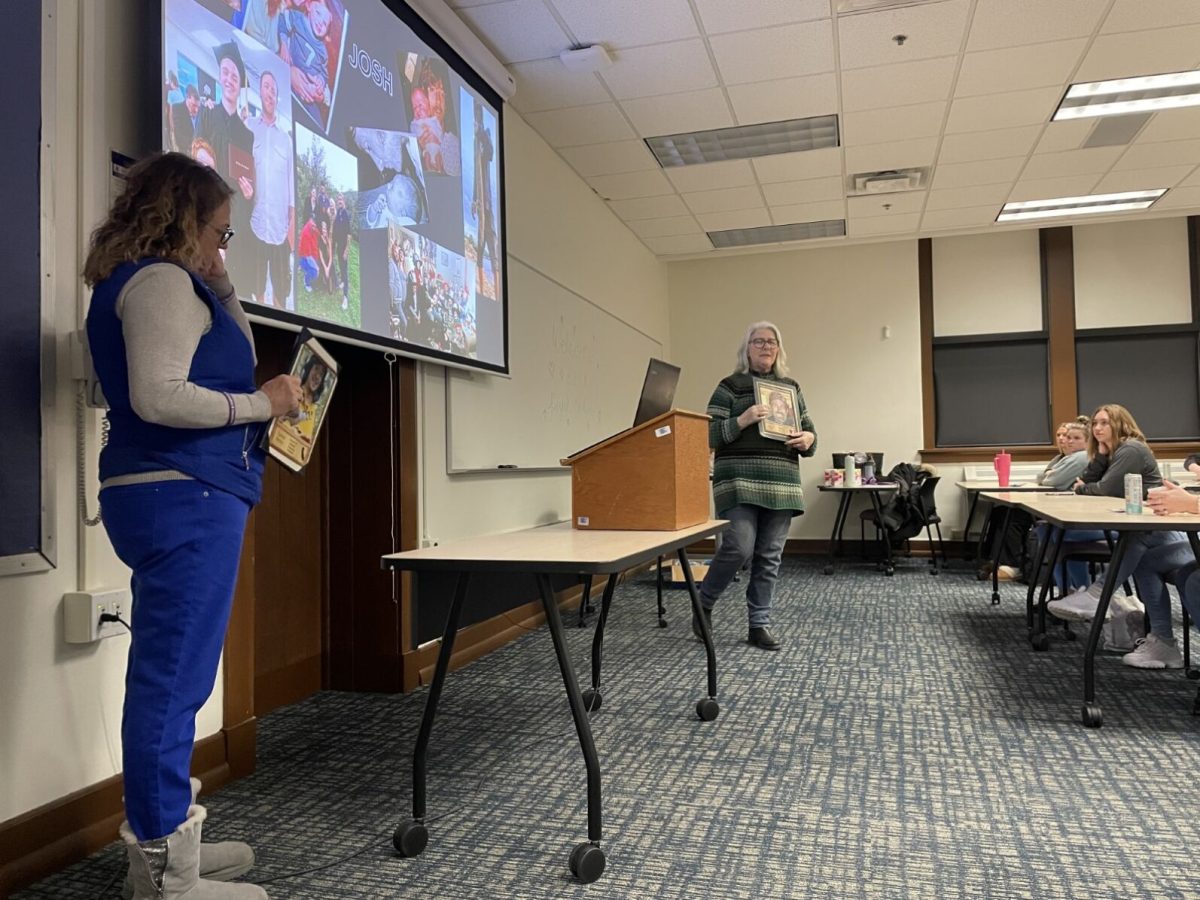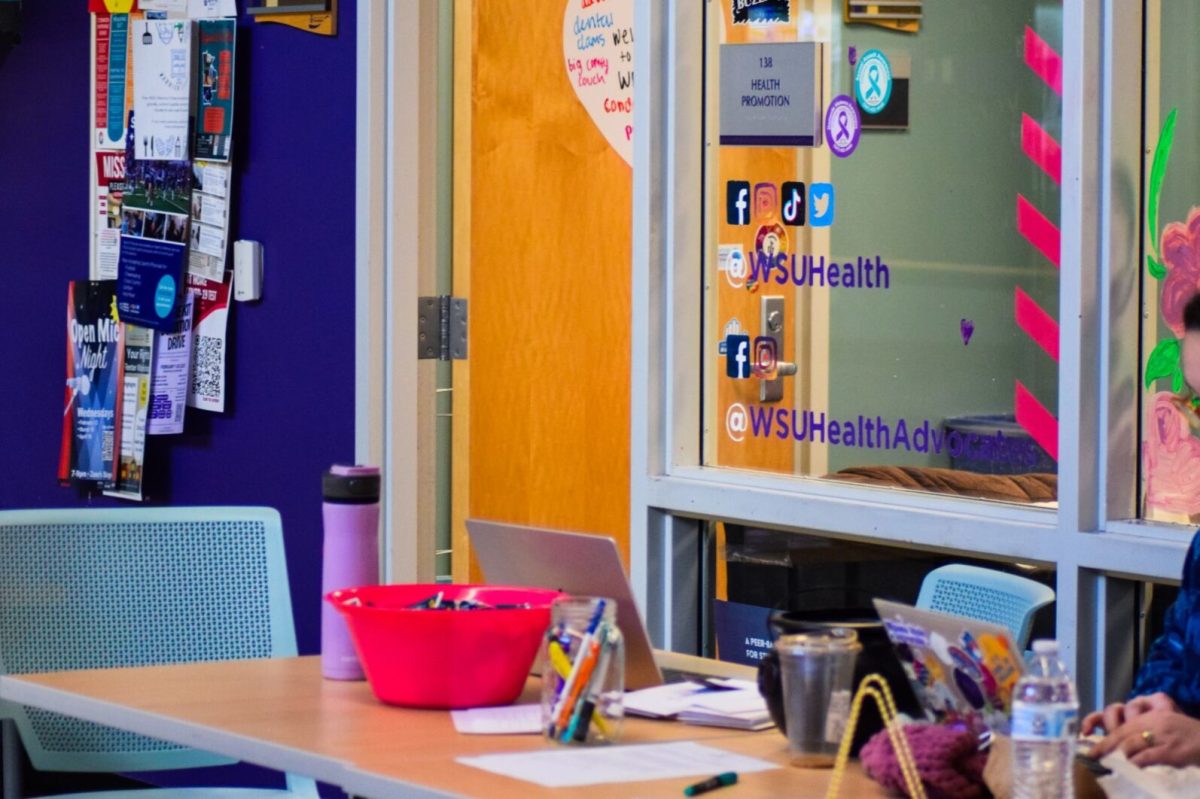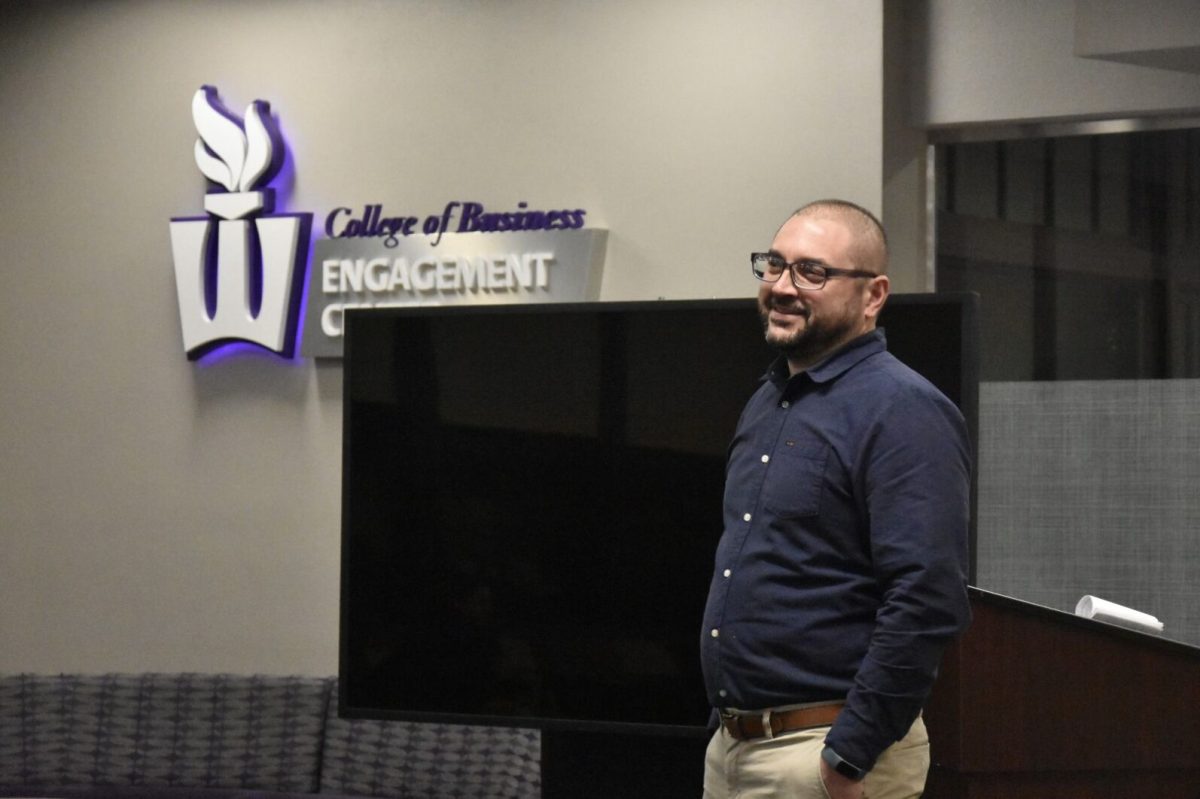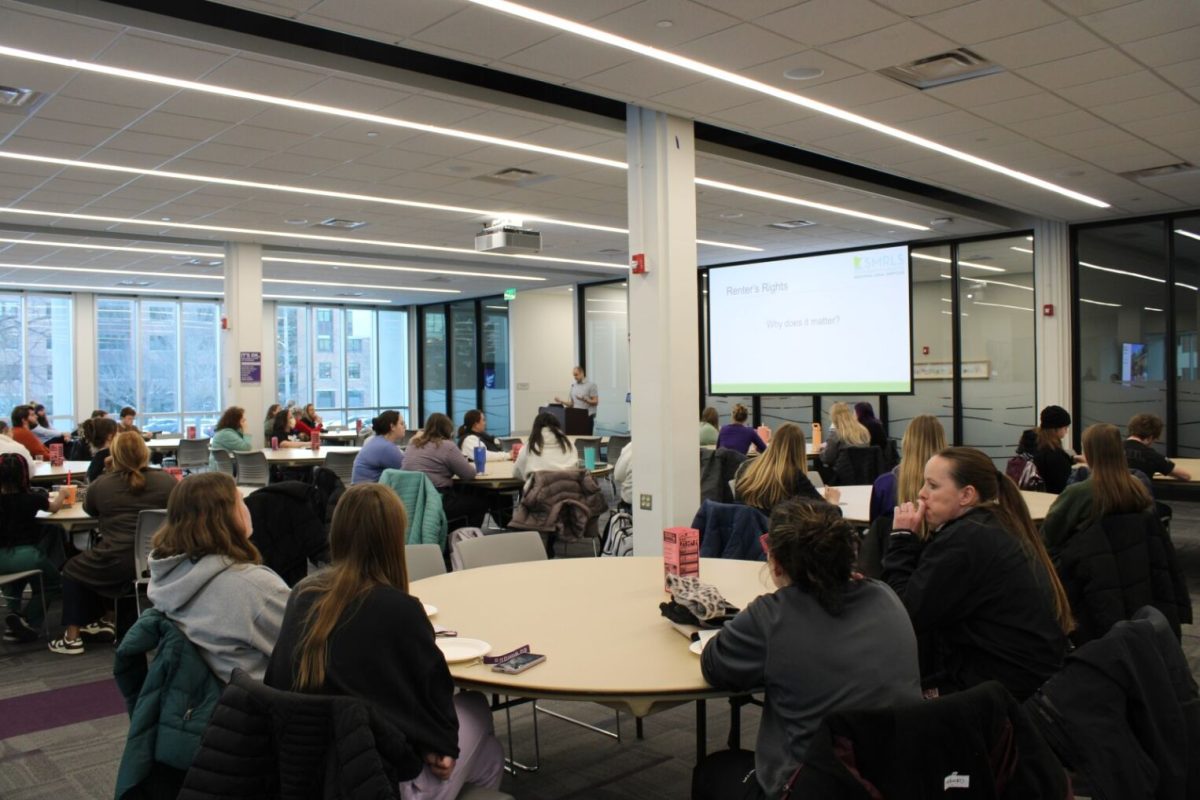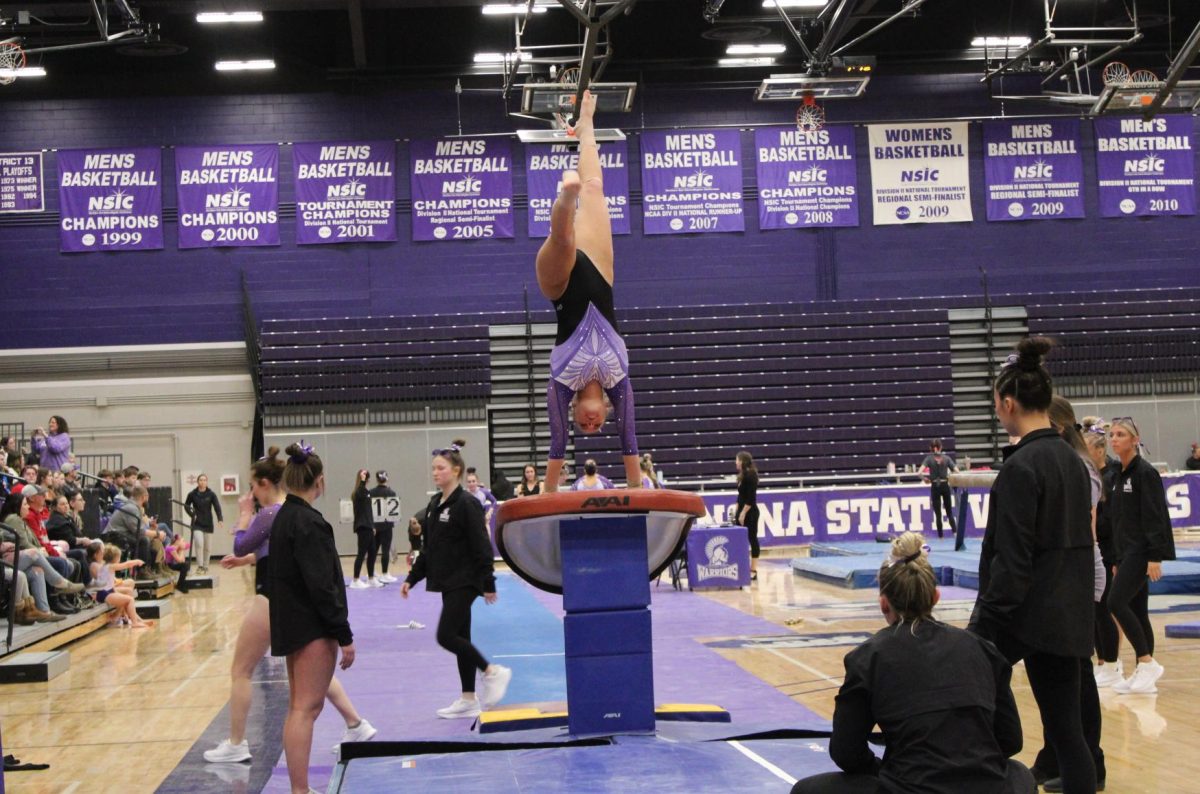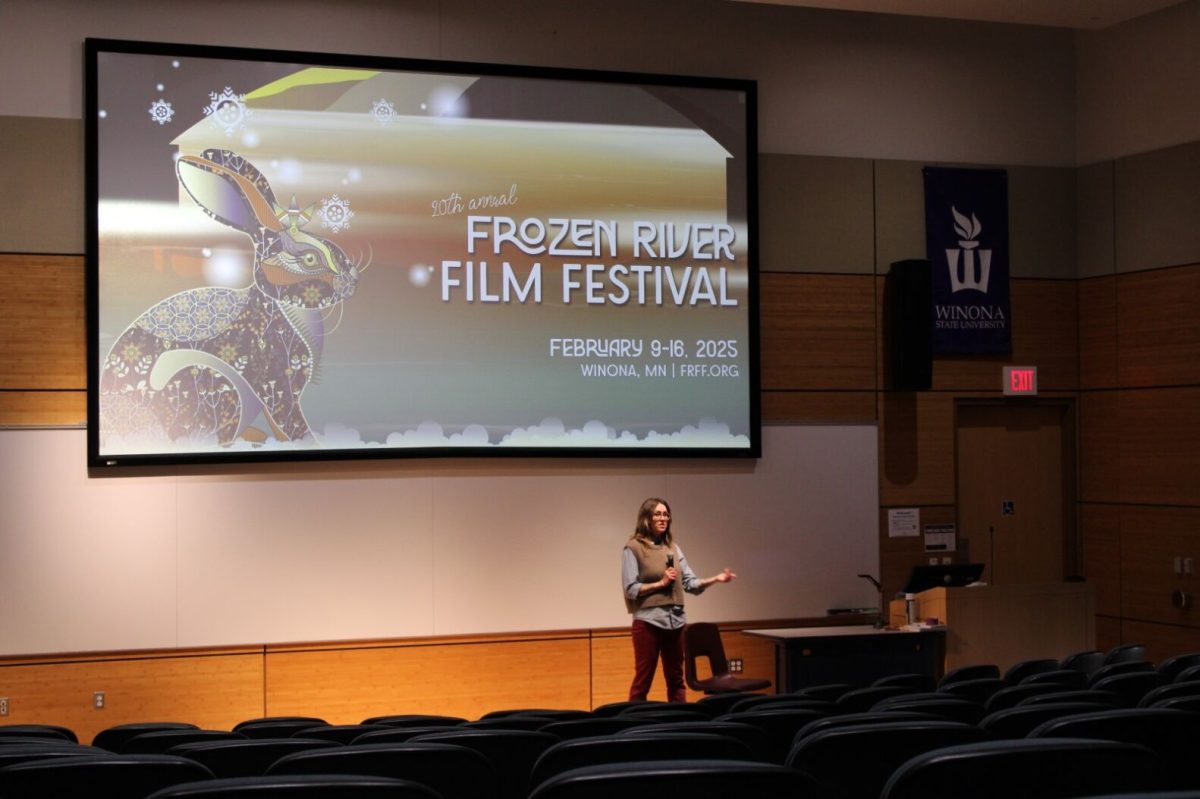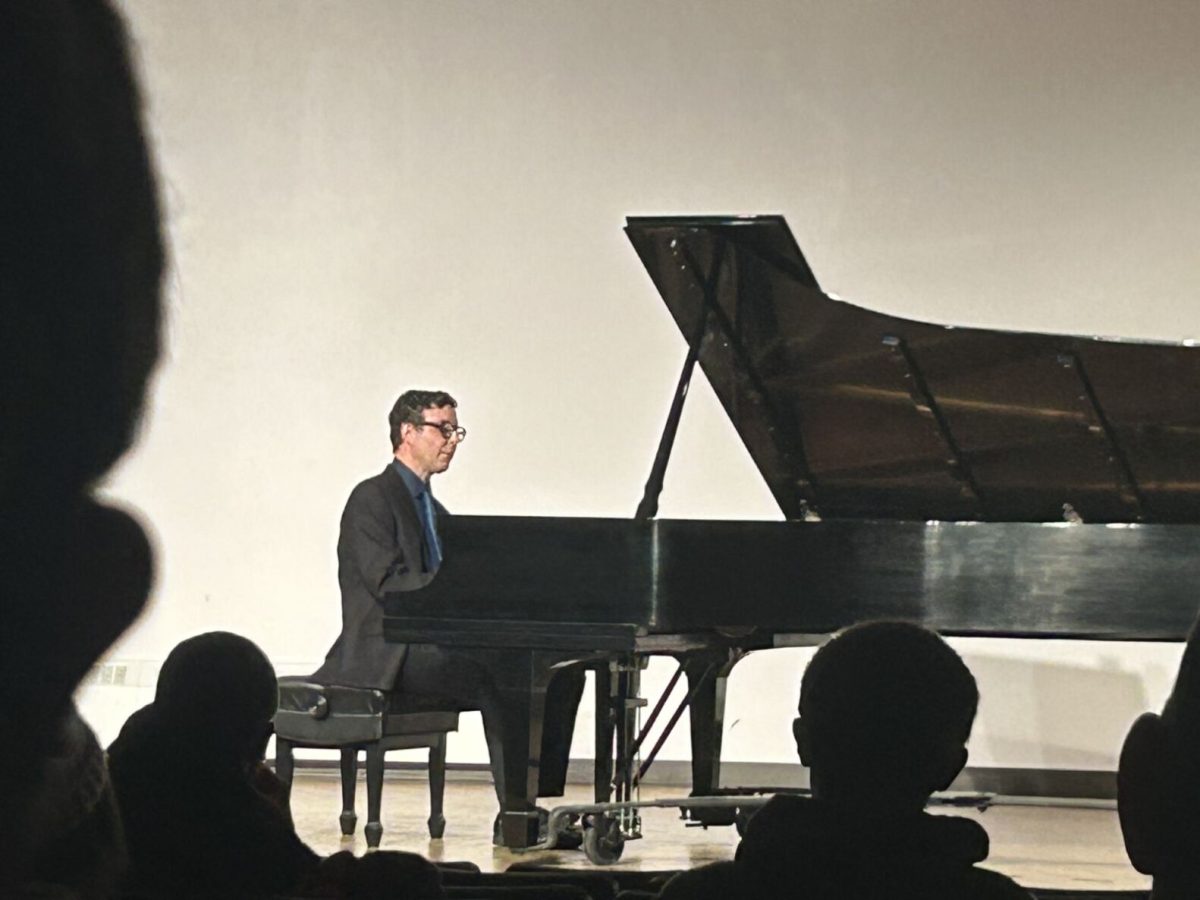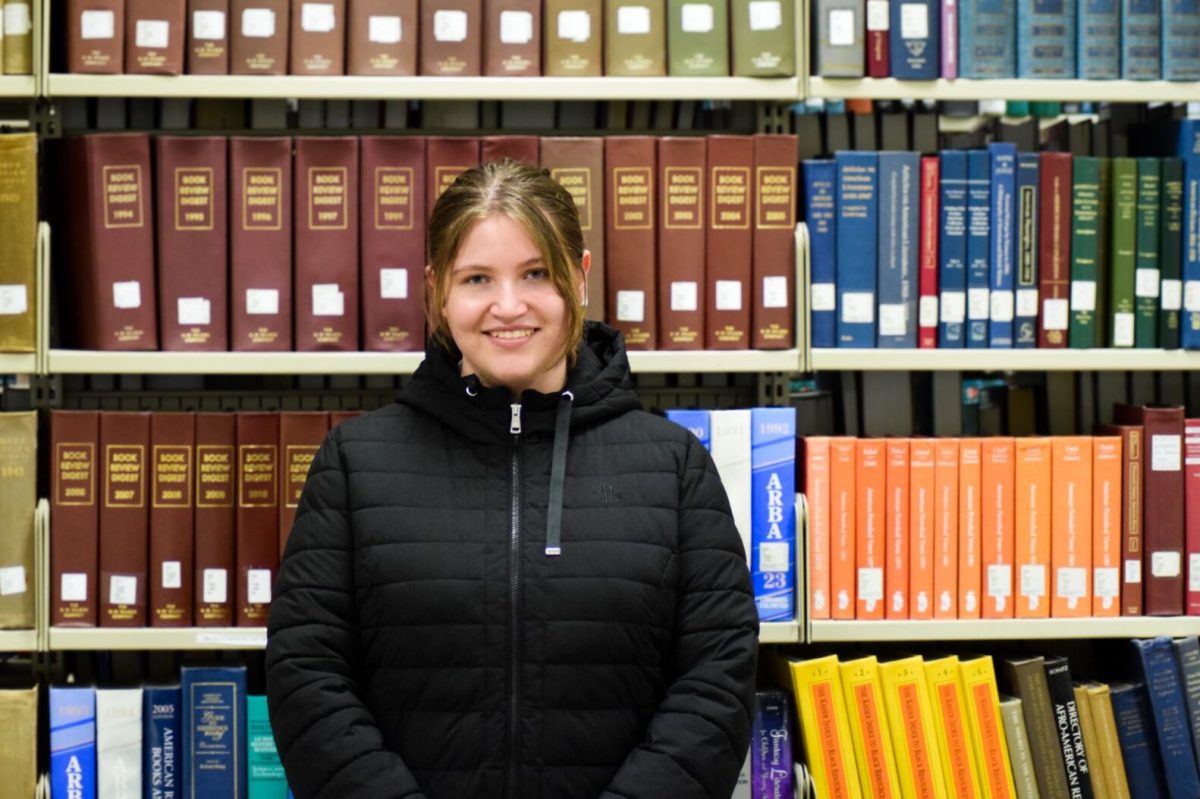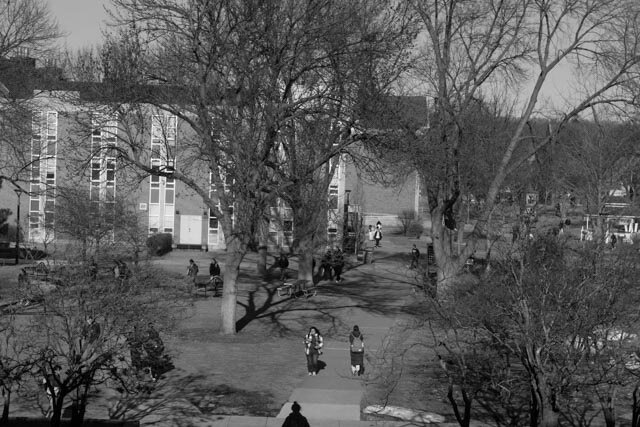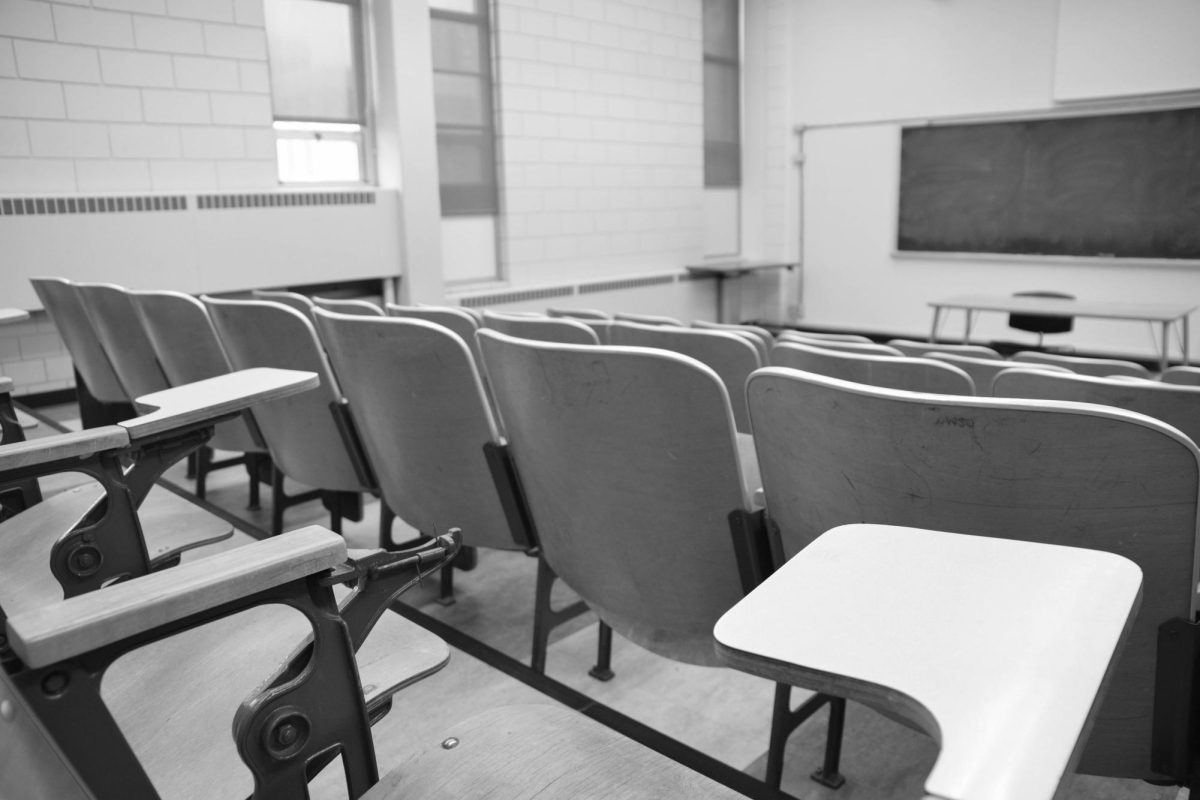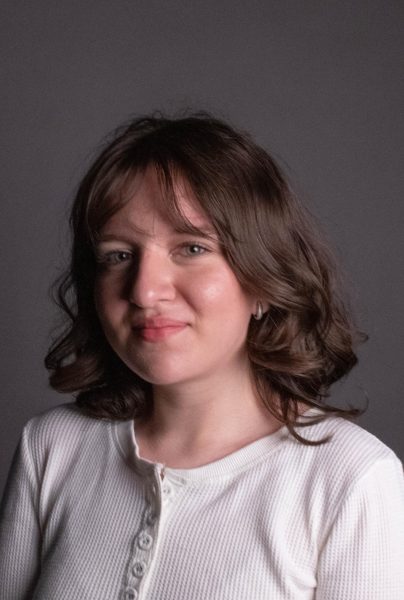One could say that math and art hold the keys to understanding our universe. One highlights the realities and uncovering mysteries while the other presents it to the world. Winona State University (WSU) hopes to strengthen this bond with the new Center for Interdisciplinary Collaboration, Engagement and Learning, or CICEL for short. A crucial step of the project’s process occurred last Wednesday; WSU hosted the Minnesota House Capital Investment Committee for their fall tour of Minnesota.
The House Capital Investment Committee may seem like a weighty name, but they have a simple job. As a Minnesota State House of Representatives committee, they are the second step to a bill becoming law. The Capital Investment Committee oversees all money allocated to projects sponsored by the state. On their tour of Southwest Minnesota, Winona State was chosen as the best option for the request of funding.
Many projects were presented from city led initiatives like new police and fire stations to initiatives for Southwest Minnesota Tech, but the most important to Winona students is the new CICEL project. This project aims to replace the outdated, inefficient, and unwelcoming Watkins and Gildemeister hall with a brand-new building serving as a combination of Computer Science, Arts, Math and Statistics, and a communal space for all students.
Cristopher Malone, the Department Chair of Mathematics and Statistics, offered some information on why Gildemeister and Watkins needed to be replaced.
“They’re just old,” Malone said. “We have done some updating, but they are still classrooms from the 1950’s or 60’s. It is not easy to change that space.” Some of the classrooms are not at all equipped for the versatility needed in the modern classroom. Many are in a theater style with immovable chairs and tables that heavily restrict movement. The other classrooms do not have chairs or tables with wheels making the spaces unable to meet the demands of different teaching styles and professor preferences.
Larissa Lopez, a second-year student, also highlighted the restrictions of Gildemeister hall.
“I feel as though student spaces in Gildemeister are lacking,” Lopez said. “It’s just a big hall with no spaces for students to be in and chill.”
Luckily, CICEL is slated to solve many of these problems by providing flexible classroom space for all departments combined with spaces for students to congregate. The project also has some interesting additions combatting some of the inefficiencies of older halls.
“It’s a net-zero energy type space, which I think is raising some eyebrows,” Malone said. “We certainly want a building that is sustainable in the future.”
In addition to being the first Net Zero Energy building, the project is set to be carbon neutral, save Winona State 50% of annual building costs and reduce annual energy usage by 3.7%. This building will see a return on investment in 9.5 years. Regardless, many departments and students are looking forward to the new project.
“There are some concerns about classroom spaces,” Malone said. “But I am less concerned about that. I am just excited about the prospect of a new space. I think this building has a lot of potential to be a hub for a lot of students on campus.”

